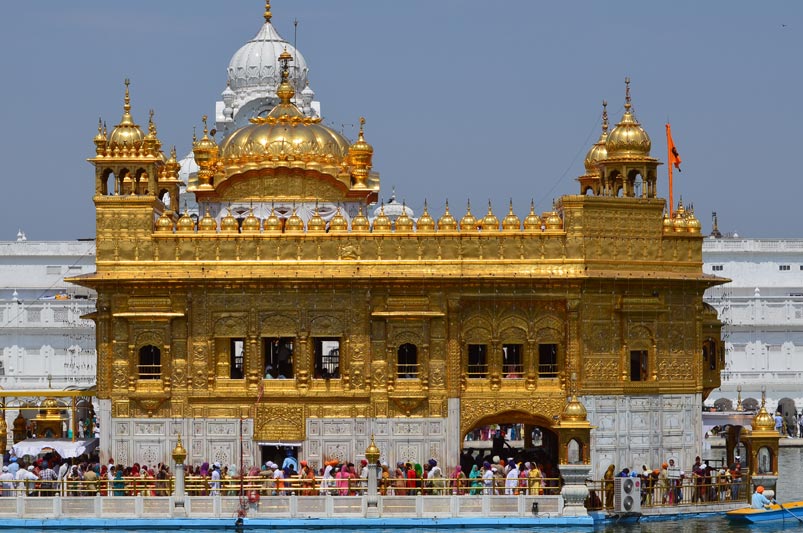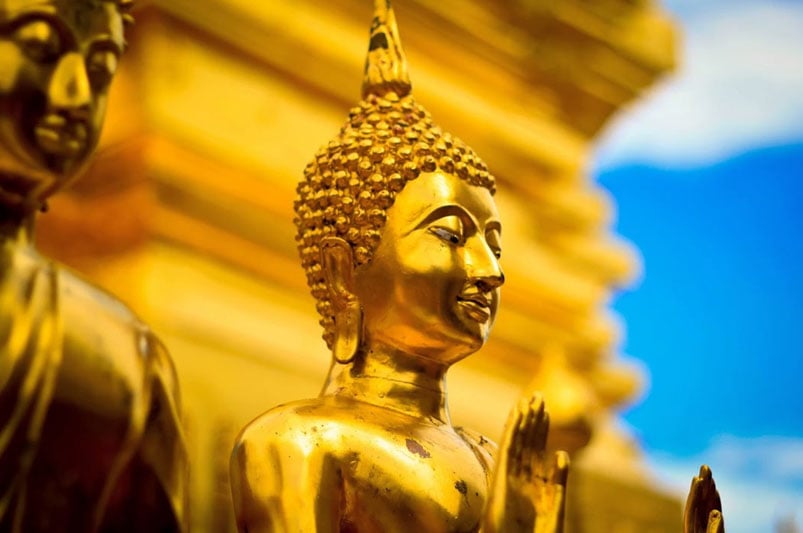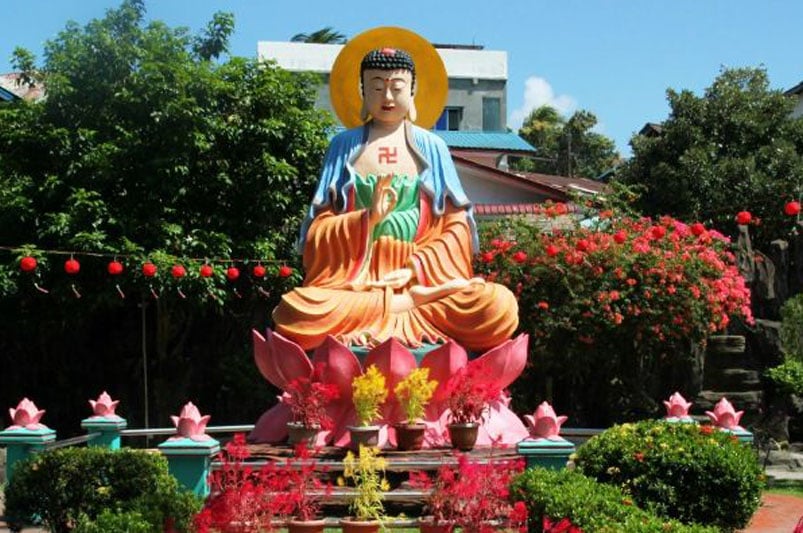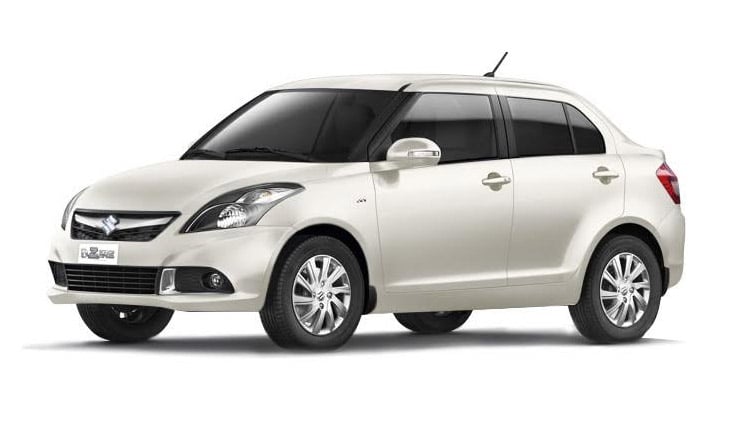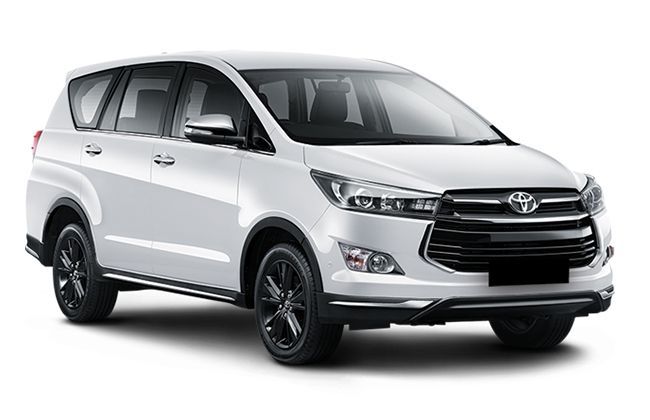09 days buddhist pilgrimage tour of india
Delhi Lucknow Sravasti Lumbini Kushinagar Patna Rajgir Bodhgaya Varanasi Delhi
On your arrival in Delhi, you will be met by our representative and transferred to hotel. Delhi was the capital of Indraprastha and capital of the Pandavas during the Mahabharata. This magnificent city has been inhabited from the 6th century BC and has been a capital of many kingdoms. It has been destroyed and rebuilt many times and is called the "city of cities". Delhi's culture has been influenced by its different rulers and the city is full of beautiful monuments. The Mughal rulers influenced the food habits of the residents and Mughlai cuisine originated here. Due to the proximity of different states, all festivals are celebrated here. Old Delhi is a maze of small lanes lined and old buildings and New Delhi has large road with huge buildings. Delhi is the capital of India and is the hub for politics.
 Your morning tour starts with Old Delhi, built by the Mughal emperor Shah Jahan in 1639 AD. You will visit the Raj Ghat where father of our nation Mahatma Gandhi was cremated. You will be visiting the museum that was built to commemorate him. You will be driven past the iconic Red Fort and Chandni Chowk, a very popular and a busy market in Old Delhi to the next stop - Jama Masjid, one of the iconic, historic and largest mosques in India - built by Shah Jahan. A rickshaw ride in Chandni Chowk could be quite interesting as this part of the city is quite crowded as it is full of shops. These numerous shops sell delicious mouth-watering food, clothes, jewels, household, etc. and are virtually a shopper's paradise.
Your morning tour starts with Old Delhi, built by the Mughal emperor Shah Jahan in 1639 AD. You will visit the Raj Ghat where father of our nation Mahatma Gandhi was cremated. You will be visiting the museum that was built to commemorate him. You will be driven past the iconic Red Fort and Chandni Chowk, a very popular and a busy market in Old Delhi to the next stop - Jama Masjid, one of the iconic, historic and largest mosques in India - built by Shah Jahan. A rickshaw ride in Chandni Chowk could be quite interesting as this part of the city is quite crowded as it is full of shops. These numerous shops sell delicious mouth-watering food, clothes, jewels, household, etc. and are virtually a shopper's paradise.
 In the afternoon, you will visit Qutub Minar, touted as India’s largest Minaret. Qutub Minar, a UNESCO World Heritage Site, was built in 1192 by Turk ruler Qutub-Ud-Din Aibak. You will then move forward to Humayun’s tomb, yet another UNESCO world heritage site. Your next stop is India Gate, built in memory of the Unknown Soldier. You will be driven past the Parliament House, President’s House and other Government Secretarial Buildings, to your final destination will be at Lakshminarayan Temple, a temple dedicated to Lakshmi and Lord Narayana. Overnight is in Delhi.
In the afternoon, you will visit Qutub Minar, touted as India’s largest Minaret. Qutub Minar, a UNESCO World Heritage Site, was built in 1192 by Turk ruler Qutub-Ud-Din Aibak. You will then move forward to Humayun’s tomb, yet another UNESCO world heritage site. Your next stop is India Gate, built in memory of the Unknown Soldier. You will be driven past the Parliament House, President’s House and other Government Secretarial Buildings, to your final destination will be at Lakshminarayan Temple, a temple dedicated to Lakshmi and Lord Narayana. Overnight is in Delhi.
This morning you will be transferred to rail-station in time a board your Lucknow train. On arrival in Lucknow, you will drive directly to Sravasti. Sravasti located on the banks of the river Rapti River was one of the largest cities during Buddha's lifetime. One legend is that Sravasti was named after the king Shravasta. The second legend is that Sravasti was called Savatthi after the sage Savattha who lived here. Buddha passed a great part of his life in Savatthi. He is said to have spent 25 rainy seasons in Sravasti of which 19 were in the Jetavana monastery and 6 in the Pubbarama monastery. He spent the rest of the 10 rainy seasons in other places. Inside the city walls of the ancient Savatthi there are remains of Angulimala's stupa, Anathapindika's stupa, and an old Jain. The Jetavana monastery is where meditation and chanting is done at the Gandhakuti (Buddha's hut) and the Anandabodhi tree. Overnight is in Sravasti.
This morning after the visit of Sravasti, you will drive to Lumbini the birth place of Buddha. Lumbini a UNESCO World Heritage Site is one of the holiest places for Buddhists as this is the birth place of Lord Buddha. Lumbini is separated into an eastern zone having the Theravadin monasteries and the western having Mahayana and Vajrayana monasteries. Lumbini has a number of ruins of ancient monasteries, a sacred Bodhi tree, an ancient bathing pond, an Asoka pillar and the Mayadevi temple where Buddha was born. As Hindus regard Buddha as an incarnation of Vishnu, a large number of Hindu pilgrims come here to worship Maya Devi as Rupa Devi, the mother goddess of Lumbini. Overnight is in Lumbini.
This morning you will be visiting Lumbini. After the visit of Lumbini, you will be transferred by road to Kushinagar. Kushinagar or Kusinagar or Kusinara is the one of the four most important pilgrimage sites for the Buddhists. It is here that Gautama Buddha attained Mahaparinirvana after falling ill from eating a meal made of a species of mushroom. A large number of ruined stupas and Viharas here date back to 3rd century BCE - 5th century CE. Emperor Ashoka has contributed to a significant construction at this site. The remains of the Par nirvana Stupa and Par nirvana Temple, when rediscovered, were covered in a 40 foot high mound of bricks surrounded by a dense thorny forest. Overnight is in Kushinagar.
Today you will be visiting Vaishali. Vaishali earlier known as Visala was the capital city of the Licchavi and derives its name from King Vishal. It was at Vaishali where the 24th Jain Tirthankara, Bhagwan Mahavir was born in 599 BC and where Gautama Buddha preached his last sermon before his death in 483 BC. Vaishali has the best-preserved Pillar of Ashoka, topped by a single Asiatic lion. At the Relic Stupa the Lichchavis reverentially encased one of the eight portions of the Buddha's relics, which they received after the Mahaparinirvana. Buddha organized his Bhikshu Sangha here and initiated his maternal aunt Maha Prajavati Gautami into the order. After the visits, you will be transferred to Patna by road. Overnight is in Patna.
This morning you will drive to Bodhgaya. Enroute you will be visiting Nalanda and Rajgir. Nalanda an ancient centre for studies thrived from the 5th century AD to the late 12th century AD and attracted thousands of scholars from all over India as well as from far away countries. Nalanda was the world's first residential universities accommodating over 10,000 students and 2,000 teachers. Bakhtiyar Khilji with his Muslim army destroyed this and burnt the library. The number of books was so huge that they burnt for months. Huen Tsiang, the famous Chinese traveler has left glowing account of the activities of this great seat of learning. There is an array of monasteries and temples and museum with collection of antiquities recovered from the site.
 Rajgir earlier known as Rajgrih means the House of the King. This was the first capital of the kingdom of Magadha and goes back to more than 1000 BC. Rajgir is sacred to both the Buddhists and Jains. This is where Gautama Buddha held the "Atanatiya" conference at the Gridhra-kuta. Lord Mahavir spent fourteen years of his life at Rajgir and Nalanda. Rajgir is also sacred to Hindus due to its hot water springs, known as Brahmakund. The important places here are the Bimbisar's Jail, the Ajatshatru's Fort, the Jarasandh's Akhara and Rajgir Heritage Museum. Overnight is in Bodhgaya.
Rajgir earlier known as Rajgrih means the House of the King. This was the first capital of the kingdom of Magadha and goes back to more than 1000 BC. Rajgir is sacred to both the Buddhists and Jains. This is where Gautama Buddha held the "Atanatiya" conference at the Gridhra-kuta. Lord Mahavir spent fourteen years of his life at Rajgir and Nalanda. Rajgir is also sacred to Hindus due to its hot water springs, known as Brahmakund. The important places here are the Bimbisar's Jail, the Ajatshatru's Fort, the Jarasandh's Akhara and Rajgir Heritage Museum. Overnight is in Bodhgaya.
This morning is for visiting Bodhgaya which is one of the most sacred places for Buddhists due to the Mahabodhi Temple. Gautama Buddha attained enlightment on a Buddha Purnima under the Bodhi Tree in this place. Bodhgaya was earlier known as Uruvela, Sambodhi, Vajrasana and Mahabodhi. Emperor Asoka visited Bodh Gaya 250 years after the enlightenment of Gautama Buddha and built the original Mahabodhi Temple. People from different countries like China, Japan, Srilanka, Thailand, etc have constructed many Buddhist monasteries and temples in this town. Rest of the day is free for religious activities. Overnight is in Bodhgaya.
 Today you will be transferred to Sarnath by road. Sarnath is a deer park where Gautama Buddha first taught the Dharma, and where the Buddhist Sangha came into existence through the enlightenment of Kondanna. Singhpur, a village one km away from the site, was the birthplace of Shreyansanath, the eleventh Tirthankara of Jainism, and a temple dedicated to him, is an important pilgrimage site. This is one of the four places of pilgrimage which every Buddhist should visit. It was also the site of the Buddha's Dhammacakkappavattana Sutta, which was his first teaching after attaining enlightenment, in which he taught the four noble truths and the teachings associated with it. Visit the ruins, the stupa, the Buddhist temple and the Museum (closed on Fridays).
Today you will be transferred to Sarnath by road. Sarnath is a deer park where Gautama Buddha first taught the Dharma, and where the Buddhist Sangha came into existence through the enlightenment of Kondanna. Singhpur, a village one km away from the site, was the birthplace of Shreyansanath, the eleventh Tirthankara of Jainism, and a temple dedicated to him, is an important pilgrimage site. This is one of the four places of pilgrimage which every Buddhist should visit. It was also the site of the Buddha's Dhammacakkappavattana Sutta, which was his first teaching after attaining enlightenment, in which he taught the four noble truths and the teachings associated with it. Visit the ruins, the stupa, the Buddhist temple and the Museum (closed on Fridays).
Varanasi also called Benaras or Banaras or Kashi is said to be the oldest living city in the world, dating back to 5000 years. It has been the cultural and spiritual capital of North India for years. The belief of Hindus is that death in Varanasi leads to salvation. Varanasi is also known as the holy city of India or the city of temples, or the city of learning and also as the oldest living city on earth. After the visits of Sarnath, you will be transferred to Varanasi. Overnight is in Varanasi.
This morning, you will be taken to the River Ganges for a boat ride. Two of most renowned ghats Manikarnika and Harishchandra are frequented by hundreds of devotees. These two ghats are quite famous not only for taking a holy dip, but also for cremation purposes. It is strongly believed by Hindus that whoever dies in Varanasi and gets cremated on bank of river Ganga achieves salvation, thereby releasing him form this birth cycle. You may witness numerous funeral pyres burning around in these ghats. Later transfer to airport for Delhi flight. On arrival in Delhi, you will connect to your return flight. Hotel accommodation is not included for this night.
 Departure. End of your India & Nepal Buddhist tour.
Departure. End of your India & Nepal Buddhist tour.


